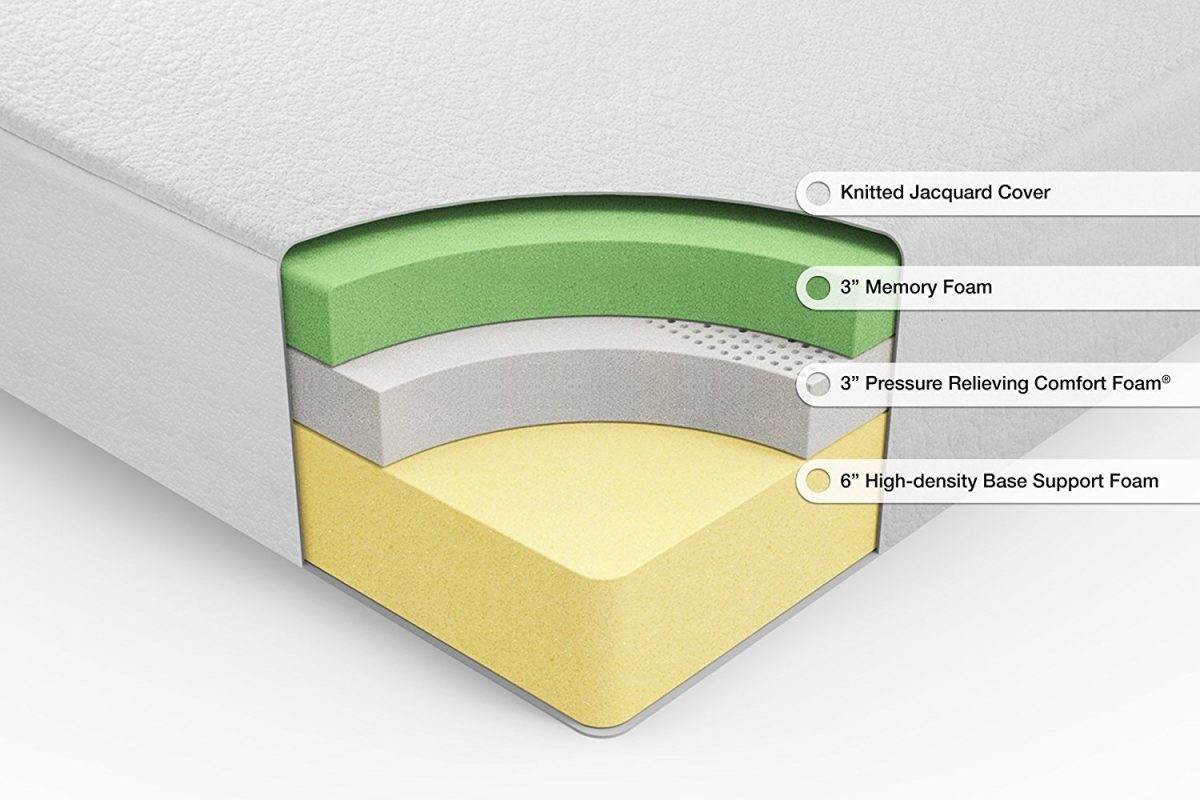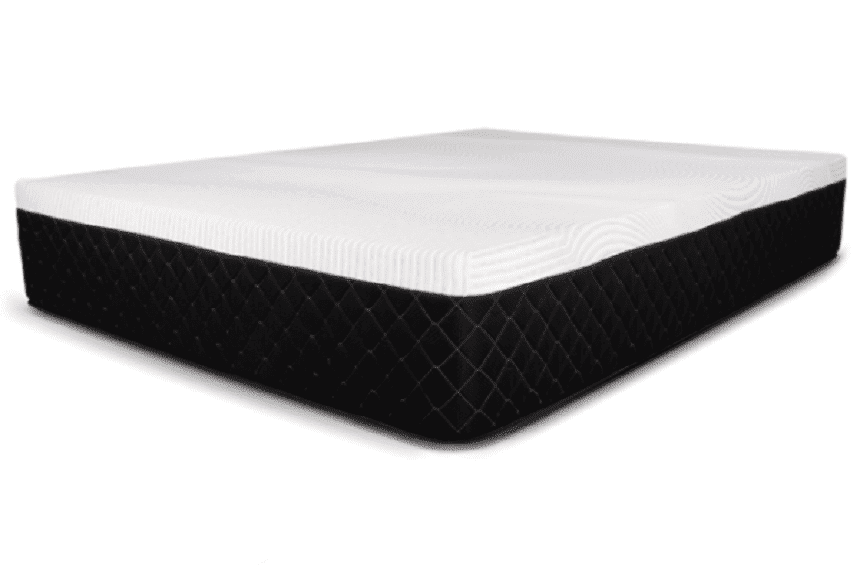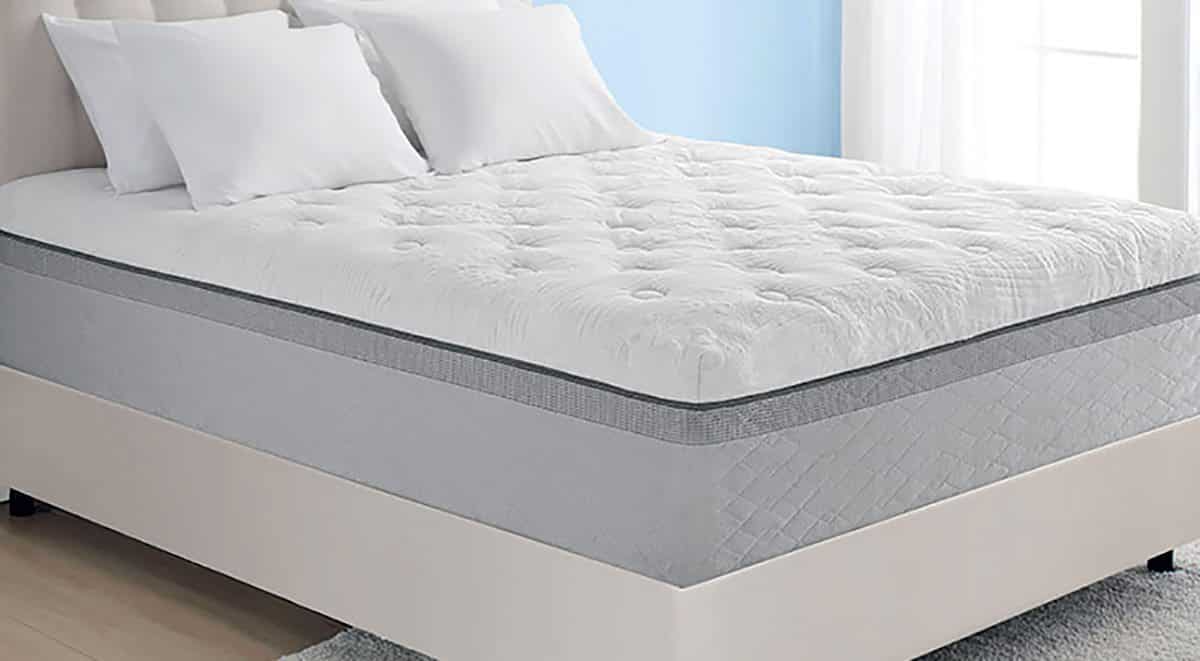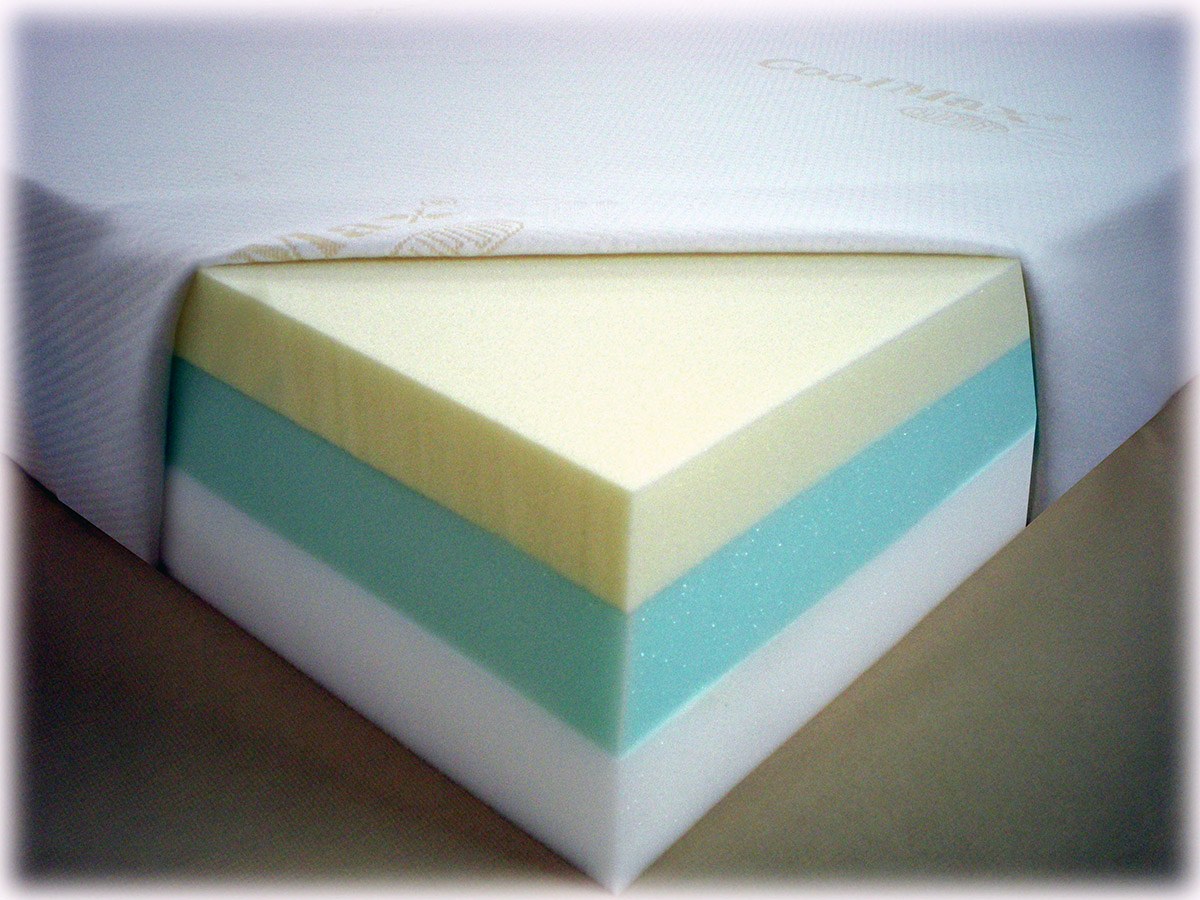Memory Foam Mattress Layers Explained
When it comes to choosing a new mattress, there are many factors to consider. One important aspect is the type of mattress layers, as they can greatly impact the comfort and support of your sleep surface. In recent years, memory foam mattresses have become a popular choice for their pressure-relieving properties and ability to contour to the body. But what exactly are memory foam mattress layers and how do they contribute to a better night's sleep? Let's dive in and explore the top 10 memory foam mattress layers.
Understanding Memory Foam Mattress Layers
Before we get to the different layers of a memory foam mattress, it's important to understand what memory foam is. Memory foam is a type of polyurethane foam that is known for its ability to conform to the body's shape and distribute weight evenly. It was originally developed by NASA in the 1960s to improve seat cushioning and has since been adopted for use in mattresses.
Memory Foam Mattress Layer Guide
A memory foam mattress typically consists of multiple layers, each with its own unique purpose. These layers work together to provide support, comfort, and durability. Let's take a closer look at each layer and its function.
Choosing the Right Memory Foam Mattress Layers
When shopping for a memory foam mattress, it's important to consider the type and number of layers. Each layer plays a crucial role in the overall feel and performance of the mattress. For example, a thicker comfort layer will provide more cushioning, while a denser support layer will offer more stability.
Memory Foam Mattress Layer Benefits
The main benefit of memory foam mattress layers is their ability to conform to the body and provide pressure relief. This is especially beneficial for those who suffer from back, hip, or shoulder pain. Memory foam also absorbs motion, making it a great choice for couples who are easily disturbed by their partner's movements.
Memory Foam Mattress Layer Construction
The construction of memory foam mattress layers can vary depending on the brand and model. The most common types of memory foam layers are traditional, gel-infused, and plant-based. Traditional memory foam is known for its slow response and heat retention, while gel-infused foam is designed to dissipate heat and provide a cooler sleep surface. Plant-based memory foam is a more eco-friendly option and is often more responsive than traditional foam.
Memory Foam Mattress Layer Thickness
The thickness of memory foam mattress layers can also vary, with most mattresses ranging from 8 to 14 inches in height. The thicker the comfort layer, the more cushioning and pressure relief it will provide. However, a thicker support layer is important for maintaining proper spinal alignment and preventing sinking into the mattress.
Memory Foam Mattress Layer Support
The support layer is the base of the mattress and is responsible for providing the necessary support for the body. It is typically made of high-density foam or a layer of pocketed coils. A good support layer is essential for maintaining proper spinal alignment and preventing sinkage.
Memory Foam Mattress Layer Firmness
Memory foam mattress layers can come in a range of firmness levels, from soft to firm. This is a personal preference and will depend on your body type and sleep position. A softer comfort layer will provide a more plush feel, while a firmer layer will offer more support.
Memory Foam Mattress Layer Durability
The durability of memory foam mattress layers is also an important factor to consider when making a purchase. Higher density foam tends to be more durable and can withstand more wear and tear over time. Gel-infused memory foam may also have a longer lifespan due to its ability to dissipate heat and prevent the breakdown of materials.
Memory Foam Mattress Layers: The Key to a Good Night's Sleep
 When it comes to creating the perfect bedroom, one of the most important elements to consider is the
mattress
. After all, a good night's sleep is essential for our overall health and well-being. And when it comes to mattresses, there are various options available in the market, each with their own unique features and benefits. However, one type that has gained immense popularity in recent years is the
memory foam mattress
.
Memory foam mattresses are made with multiple layers, each serving a specific purpose to provide the ultimate sleeping experience. Let's take a closer look at the different layers that make up a memory foam mattress and how they contribute to a comfortable and supportive sleep surface.
When it comes to creating the perfect bedroom, one of the most important elements to consider is the
mattress
. After all, a good night's sleep is essential for our overall health and well-being. And when it comes to mattresses, there are various options available in the market, each with their own unique features and benefits. However, one type that has gained immense popularity in recent years is the
memory foam mattress
.
Memory foam mattresses are made with multiple layers, each serving a specific purpose to provide the ultimate sleeping experience. Let's take a closer look at the different layers that make up a memory foam mattress and how they contribute to a comfortable and supportive sleep surface.
Top Layer: Comfort and Pressure Relief
 The top layer of a memory foam mattress is made of
memory foam
, a material that responds to body heat and weight, allowing it to contour to the shape of your body. This layer is responsible for providing a comfortable and supportive sleep surface by evenly distributing your body weight and relieving pressure points. This results in reduced tossing and turning, leading to a more restful sleep.
The top layer of a memory foam mattress is made of
memory foam
, a material that responds to body heat and weight, allowing it to contour to the shape of your body. This layer is responsible for providing a comfortable and supportive sleep surface by evenly distributing your body weight and relieving pressure points. This results in reduced tossing and turning, leading to a more restful sleep.
Second Layer: Support and Durability
 The second layer of a memory foam mattress is made of a high-density foam that provides
support
to the body. This layer is designed to prevent the sinking feeling often associated with traditional memory foam mattresses and provides a sturdy base for the top layer. It also adds to the overall durability of the mattress, ensuring it maintains its shape and support for years to come.
The second layer of a memory foam mattress is made of a high-density foam that provides
support
to the body. This layer is designed to prevent the sinking feeling often associated with traditional memory foam mattresses and provides a sturdy base for the top layer. It also adds to the overall durability of the mattress, ensuring it maintains its shape and support for years to come.
Third Layer: Airflow and Temperature Regulation
 The third layer of a memory foam mattress is made of a
ventilated foam
that allows for better airflow and temperature regulation. This layer helps to wick away heat and moisture from the body, ensuring a cool and comfortable sleeping surface throughout the night. This is especially beneficial for those who tend to sleep hot or live in warmer climates.
The third layer of a memory foam mattress is made of a
ventilated foam
that allows for better airflow and temperature regulation. This layer helps to wick away heat and moisture from the body, ensuring a cool and comfortable sleeping surface throughout the night. This is especially beneficial for those who tend to sleep hot or live in warmer climates.
Base Layer: Stability and Support
 The base layer of a memory foam mattress is typically made of a high-density foam that provides
stability
and support to the entire mattress. It acts as the foundation for the other layers and helps to distribute weight evenly, preventing sagging or sinking in the middle. This layer also contributes to the overall durability and longevity of the mattress.
In conclusion, the multiple layers of a memory foam mattress work together to provide the perfect balance of comfort and support for a good night's sleep. From relieving pressure points to regulating temperature, these layers ensure that you wake up feeling refreshed and rejuvenated every morning. So if you're in the market for a new mattress, consider investing in a memory foam mattress to experience the ultimate sleeping experience.
The base layer of a memory foam mattress is typically made of a high-density foam that provides
stability
and support to the entire mattress. It acts as the foundation for the other layers and helps to distribute weight evenly, preventing sagging or sinking in the middle. This layer also contributes to the overall durability and longevity of the mattress.
In conclusion, the multiple layers of a memory foam mattress work together to provide the perfect balance of comfort and support for a good night's sleep. From relieving pressure points to regulating temperature, these layers ensure that you wake up feeling refreshed and rejuvenated every morning. So if you're in the market for a new mattress, consider investing in a memory foam mattress to experience the ultimate sleeping experience.







































































